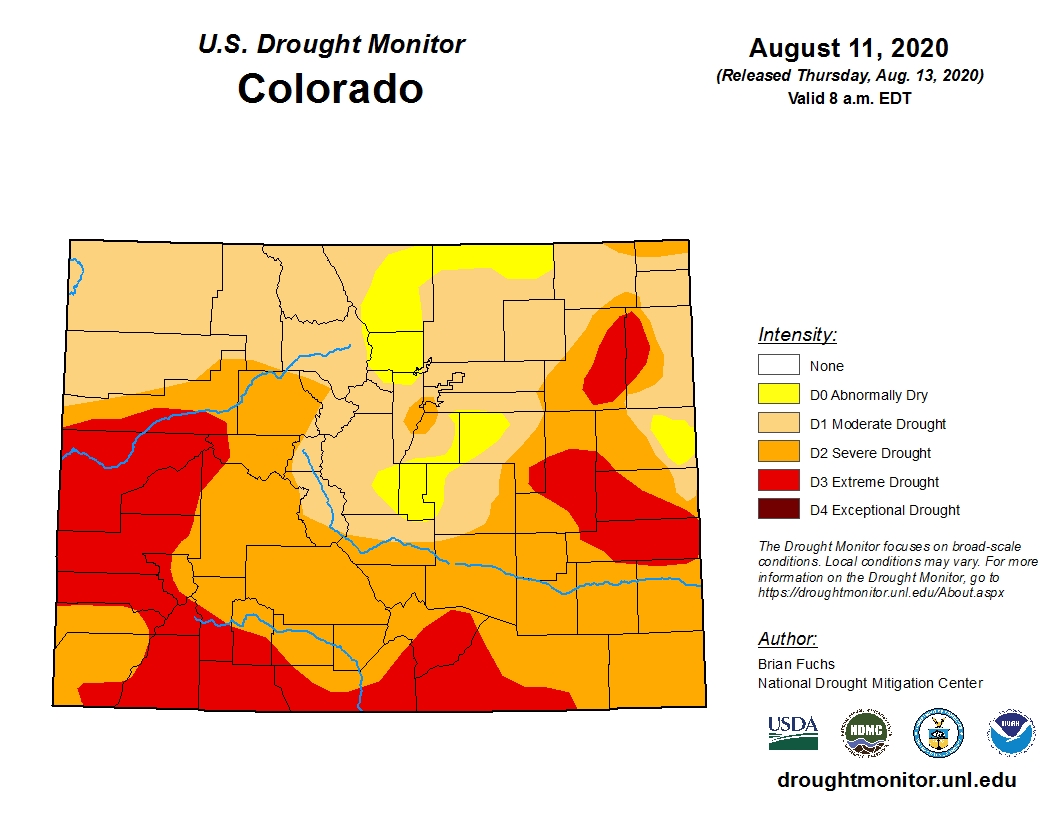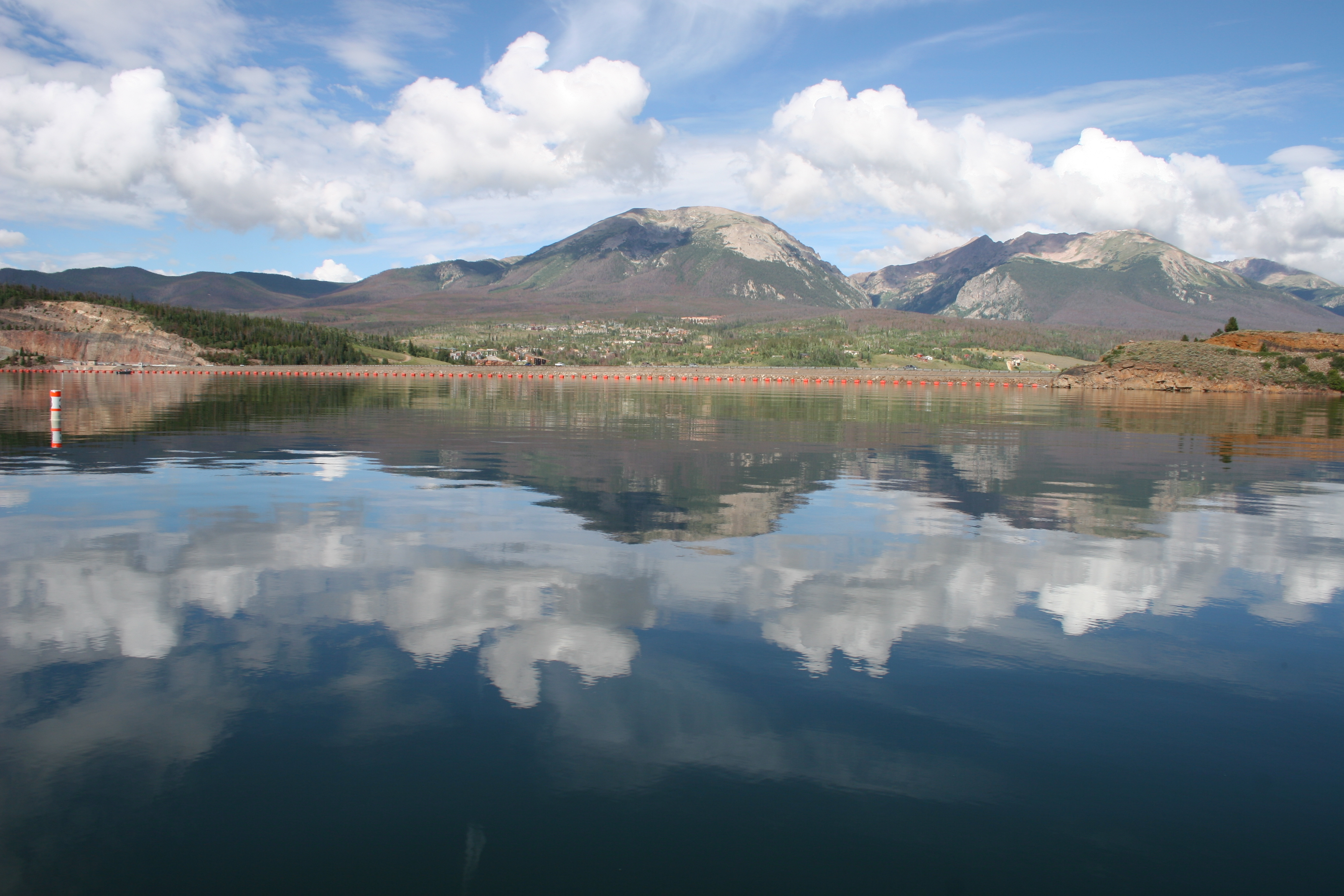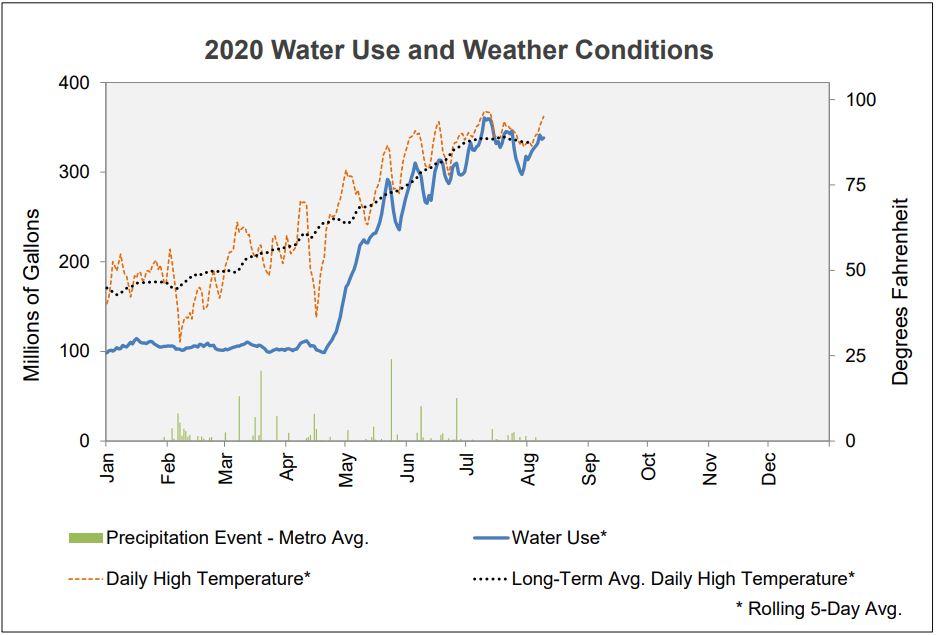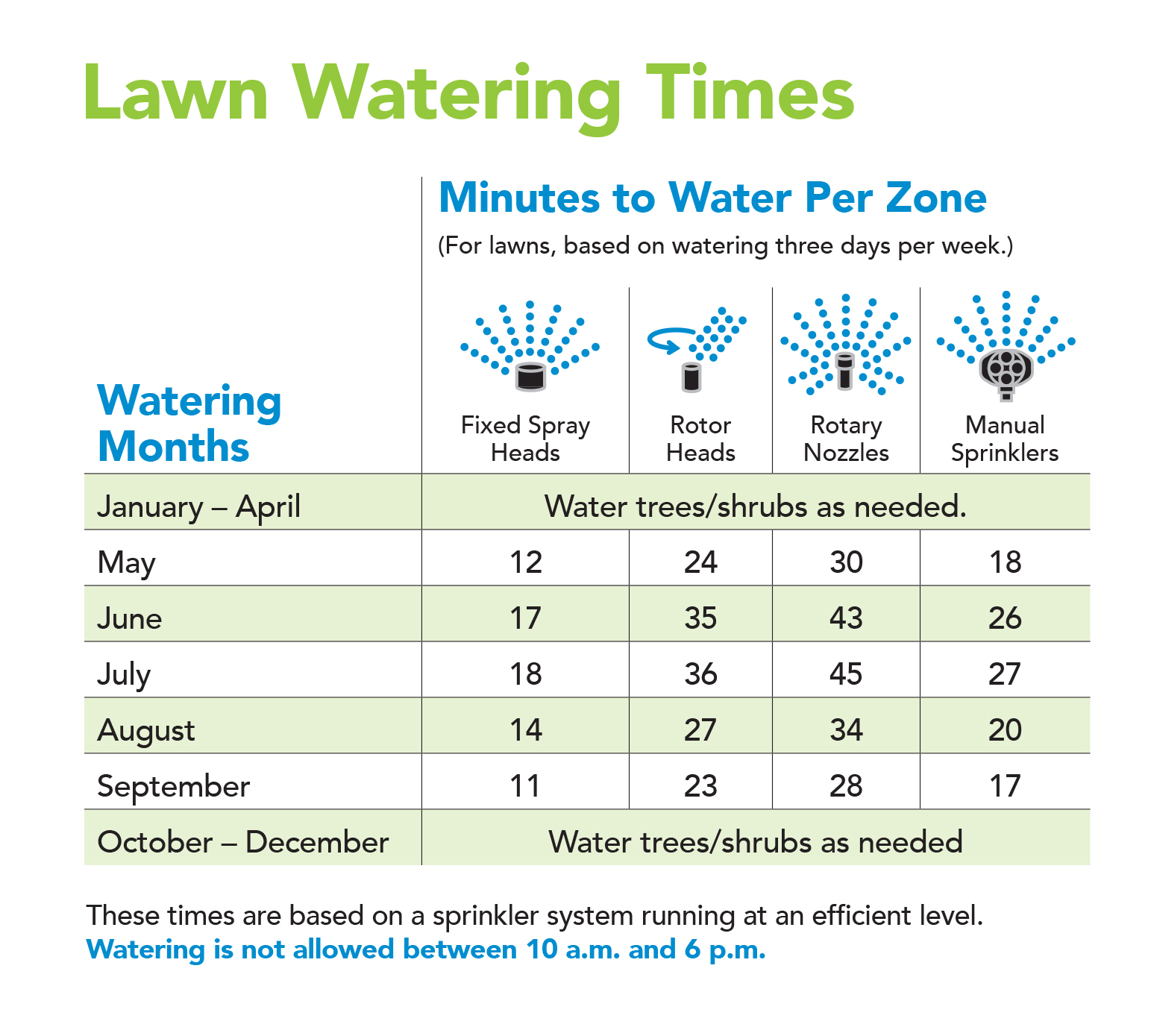
What drought conditions statewide mean for Denver’s water supply
You’re right. It’s very hot and very dry this summer.
May started off warmer than usual, and through the summer a heat wave has extended across Colorado. The U.S. Drought Monitor released Aug. 13 classified all of the state as at least “abnormally dry” and more than 90% of it in some stage of drought.
What does all this mean for Denver’s water supply?
Currently, Denver Water has a good supply of water to meet customers’ needs for 2020, according to Nathan Elder, Denver Water’s manager of water supply.
Water levels in the utility’s reservoirs peaked at 95% of capacity in early July and in early August reservoir storage was at 94% full, about average for this time of year, he said.
Dillon Reservoir, the biggest reservoir in Denver Water’s system and the site of two popular boat marinas and significant recreation opportunities, may even refill this fall. (The reservoir filled earlier this year during the spring runoff, but water levels have dropped since then as the water was needed.)
The reservoir may fill for a second time this year because Denver Water is conducting scheduled maintenance later this summer on the Roberts Tunnel, a 23-mile underground tunnel that carries water from Dillon Reservoir, on the western side of the Continental Divide, to the South Platte River near Bailey. The tunnel will be turned off during the maintenance project, Elder said. (Watch this video to take a journey inside the tunnel with Denver Water's dam safety engineers.)
But he cautioned that customers should stay on top of their water use through the rest of the summer.
“We need customers to be vigilant about following our regular summer watering rules — especially this year with it being so hot and dry,” Elder said.
“Using only what we need now will help keep as much water as possible in the reservoirs, because we never know when we’re at the beginning of the next long-term drought.”
As smoke from forest fires darken the skies and heat builds over the West Slope rivers, Denver Water customers can help by being efficient in their water use. Using less water here means more water can be kept in the reservoirs, rivers and streams that fish live in and Coloradans enjoy.
But little relief is in sight, as forecasts indicate the weather in August and September is likely to be warmer and drier than normal. By Sunday, Aug. 9, Denver had seen 50 days in which the temperature was 90 degrees or higher so far this summer.
Hot days and very little rain in July combined to send water use higher, as people across Denver sought to help themselves, and their lawns and landscapes, endure the summertime heat.
“When it’s this hot and dry, we’re just not getting a lot of rain and the lawns need more water,” said Ryan Shepler, a water use analyst and demand planner at Denver Water.
“But we still see our customers being cautious and judicious with their water use. When it rains, water use drops, and overall they’re using less water than they did other summers when it was similarly hot and dry,” he said.
Water use by Denver Water customers in July was 11% higher than the five-year average.
But this year’s late spring and summer, from May 1 to July 31, was also hotter and drier than 78% of the years that Denver Water has records for. (By contrast, last year’s May 1 to July 31, in 2019, was far cooler, only in the 27th percentile compared to other years.)
Some areas where Denver Water collects water, such as along the South Platte River basin, were even hotter and drier through the late spring and early summer,
“Runoff in the South Platte basin, where we collect about 50% of the water we supply to our customers in Denver and the suburbs, was just 54% of normal this year, even though the snowpack was above normal. Going back to 1916, runoff in the basin was the 16th lowest volume on record,” said Elder.
The summer weather, combined with the forecasts, have Denver’s water managers keeping close tabs on the situation.
“We are always watching for the potential for dry spells to deepen into droughts. These last few months don’t require we call for more stringent drought restrictions based on our water storage supplies, but if the situation warrants that action, we’ll be ready,” said Greg Fisher, Denver Water’s manager of demand planning.
One factor that helps customers be efficient in their water use is Denver Water’s summer watering rules, which start May 1 and remain in place until Oct. 1.
The rules include:
- No watering between 10 a.m. and 6 p.m.
- Water no more than three days per week.
- Don’t water when it’s rainy or windy, or let water pool on streets or gutters.
- Don’t waste water by spraying sidewalks or asphalt.
- Repair leaks within 10 days.
- And use a shut-off nozzle when washing cars.
Following these and other water saving strategies, such as checking that sprinklers are running efficiently and toilets are not leaking water, can help reduce water use, saving money on monthly water bills.




